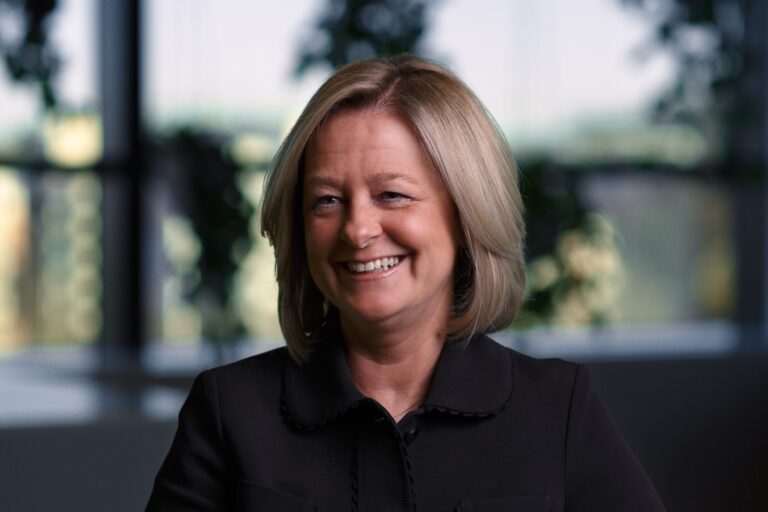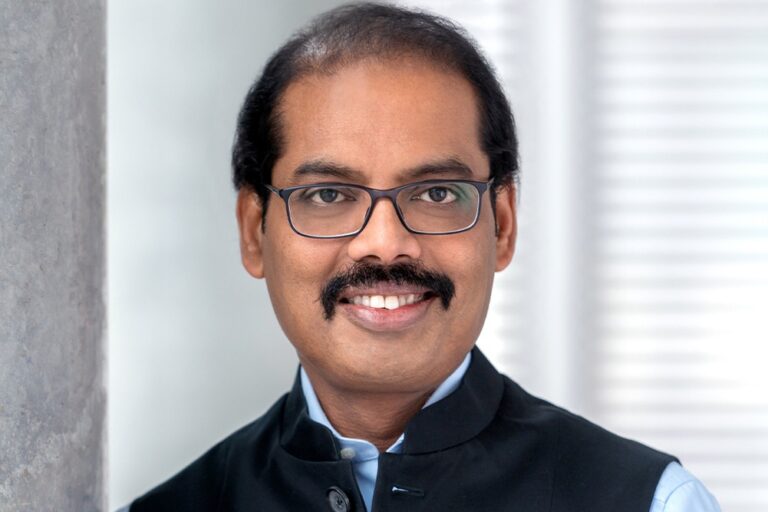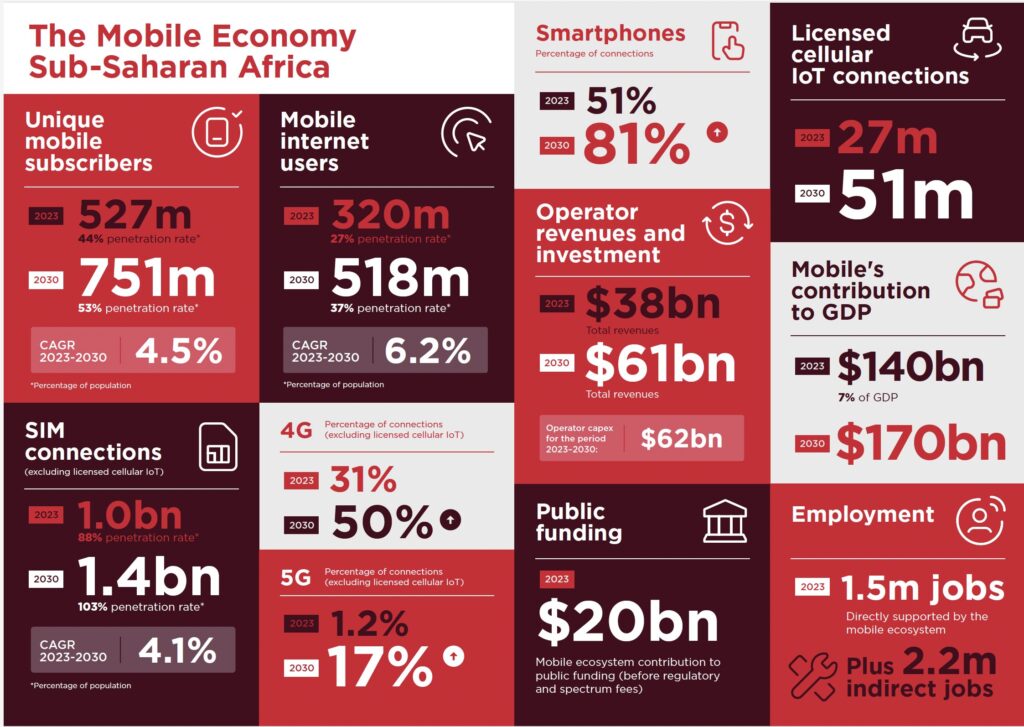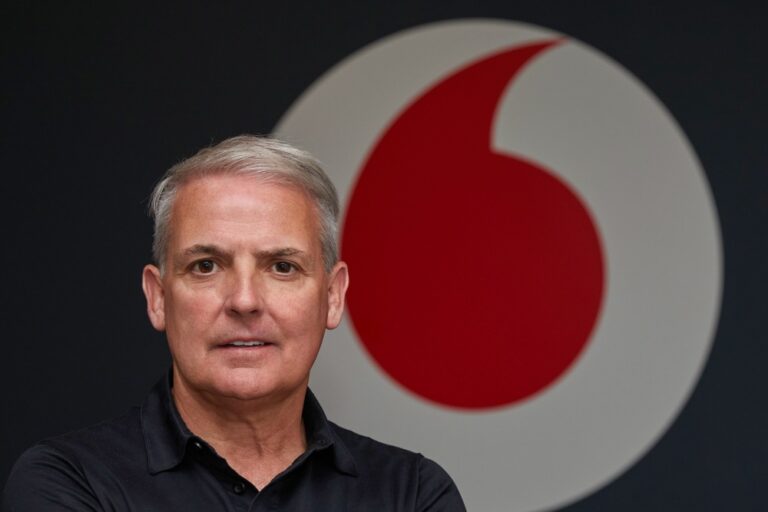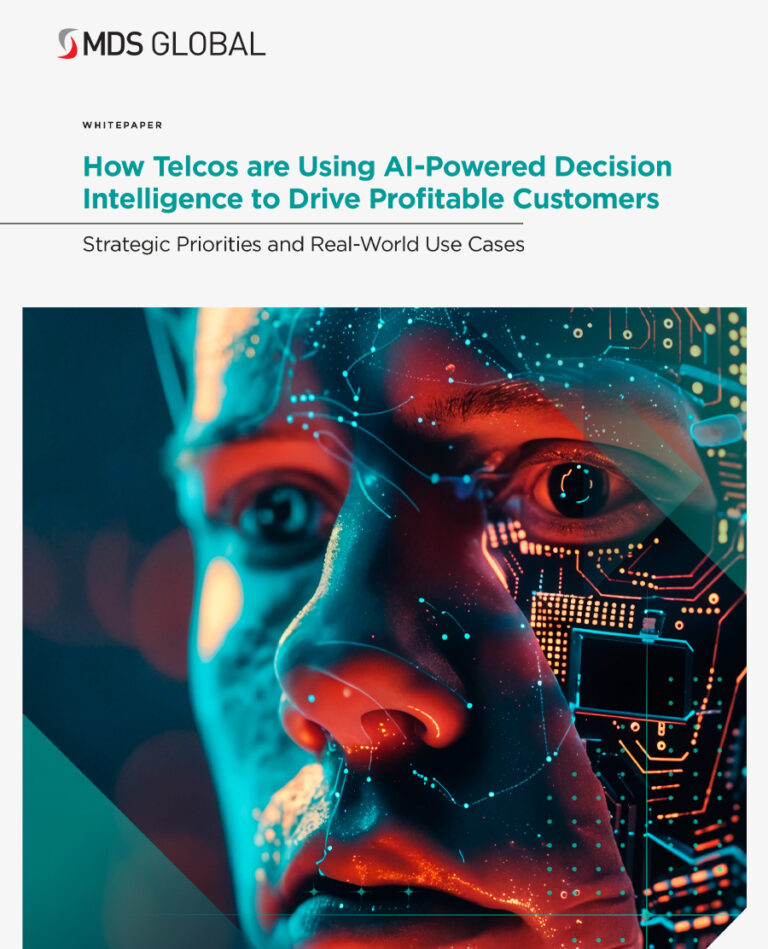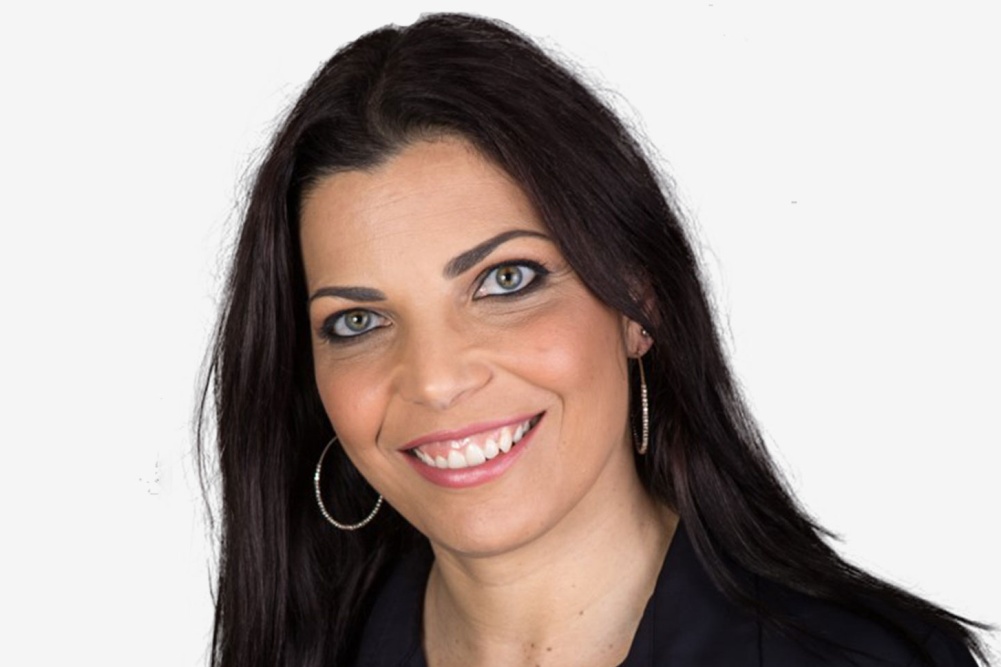France’s Conseil d’État validates the regulator’s decision imposing a penalty on Orange for failing to meet its “AMII area” fibre rollout commitments
The French Council of State has rejected the appeal that Orange filed against the penalty decision from Arcep. On 7 November 2023, having ascertained Orange’s failure to comply with the first of its fibre rollout commitment deadlines (made in 2018) in those municipalities in France where the government had issued a call for investment letters of intent – referred to as “zones AMII” – Arcep’s Sanctioning Body imposed a financial penalty of €26 million on the carrier.
So-called “AMII areas” (Appel à Manifestation d’Intention d’Investissement) are specific regions identified in a 2011 call for expressions of investment interest, where telcos were invited to deploy fibre optic networks. These areas are semi-urban or suburban regions where market conditions alone won’t drive investment, so the government sought commitments from operators to expand fibre coverage.
Under the AMII framework, operators like Orange and SFR pledged to roll out fibre networks in these areas by a target date, with the aim of helping bridge the digital divide between densely populated and more sparsely populated areas without direct government funding.
The Council of State validated the penalty decision by the Arcep and issued a reminder that: “the commitments made by the applicant company, which pertained not to an estimated number of residential and business premises based on assessments or forecasts, but to providing coverage to all existing residential and business premises in the designated municipalities, for which it provided the list […] and which was accepted by Ministerial decision, were sufficiently clear that it was reasonable to foresee that disregarding them was liable to be penalised.”
The Council also concluded that “given the gravity of the failure to comply […] when the commitments made were sufficiently clear for the company Orange to be able to fully appreciate the consequences of failing to meet them for operators providing electronic communication services and for end users, and given the reduction of the pace of meeting the commitments before and during the deadline extension granted in the notice to comply, the amount of the financial penalty of €26 million imposed on the company Orange does not seem disproportionate”.
Long-running
In 2018, Orange made a series of legally binding commitments to provide fibre to the home (FTTH) coverage in around 3,000 municipalities in France in response to the government call for investment. On 31 December 2020, which was the first deadline set for these commitments, 100% of residential and commercial buildings were to have been passed for fibre or made eligible for fibre access upon request, with a maximum 8% of these residential and business premises being eligible for fibre upon request.
Orange missed this and Arcep subsequently issued a a formal notice to comply with those commitments by 30 September 2022. Orange had contested this decision to the Council, which had rejected this appeal and upheld Arcep’s decision of formal notice in a ruling dated 21 April 2023. On 6 July 2023, Arcep ascertained that Orange had failed to comply with the decision of formal notice. It therefore notified its complaints to the operator and forwarded the dossier to the Arcep Restricted Body responsible for ruling on penalties, which imposed the fine.
New commitment
Just over a year ago, Orange and the government reached a new agreement on the widespread deployment of fibre by 2025. This agreement included a proposal for a new deployment commitment by Orange in the AMII zone. Within the AMII perimeter, Orange said at the time it was stepping up the pace of deployment, and is committed to bringing fiber to an additional 1,120,000 homes by the end of 2025.
Where deployment disparities between different urban areas exist, additional efforts will be made in areas with the lowest fiber coverage within this perimeter to make more than 140,000 homes be connectable to a fiber network by 2024.
Orange committed to also provide an “on demand” offer providing connectivity to all customers who are not eligible for fibre within six months of their request. This offer will be made available until the copper network is shut down. By introducing on-demand connections to complement industrial deployments by geographical sector, Orange claimed it was changing the way it manages its deployments in the AMII zone. This proposal will deliver widespread fiber availability in AMII zones by the end of 2025.



